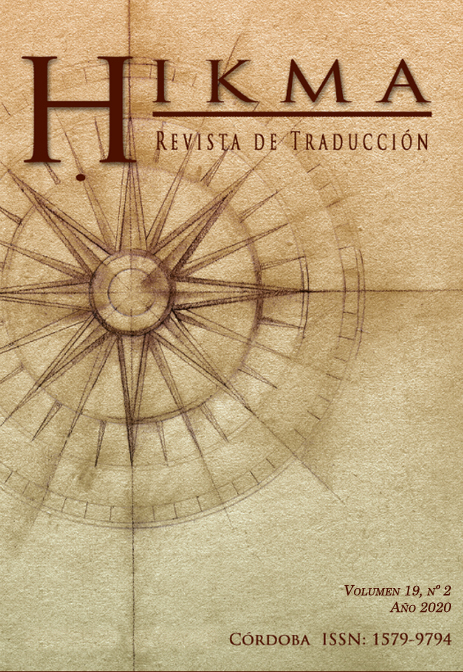Types of Syntactic Equivalence in the Qurʼānic Translations
Main Article Content
Abstract
Abstract
The fundamental premise here is that linguistic equivalence at the microstructural level is not usually expected because languages are linguistically and semantically incongruous. Though this premise is basically correct the starting point of this article is that syntactic equivalence is possible and the translation process can involve a matching at the syntactic level even when some components or structures seems untranslatable. However, certain additional factors might affect the translator's choice. This article shows that the choices made by the Qurʼān's translators can usually be justified. On the other hand some inaccuracies arise from insufficient syntactic knowledge or sometimes the translator retains minimal similarity to the SL for no apparent reason. This may lead to misinterpretation of the intended meaning of the SL.
Downloads
Article Details

This work is licensed under a Creative Commons Attribution-NonCommercial-ShareAlike 4.0 International License.
Authors who publish with this journal agree to the following terms:
1. Authors retain copyright and grant the journal right of first publication with the work simultaneously licensed under a Creative Commons Attribution License that allows others to share the work with an acknowledgement of the work's authorship and initial publication in this journal.
2. Authors are able to enter into separate, additional contractual arrangements for the non-exclusive distribution of the journal's published version of the work (e.g., post it to an institutional repository or publish it in a book), with an acknowledgement of its initial publication in this journal.
3. Authors are permitted and encouraged to post their work online (e.g., in institutional repositories or on their website) prior to and during the submission process, as it can lead to productive exchanges, as well as earlier and greater citation of published work (See The Effect of Open Access).

